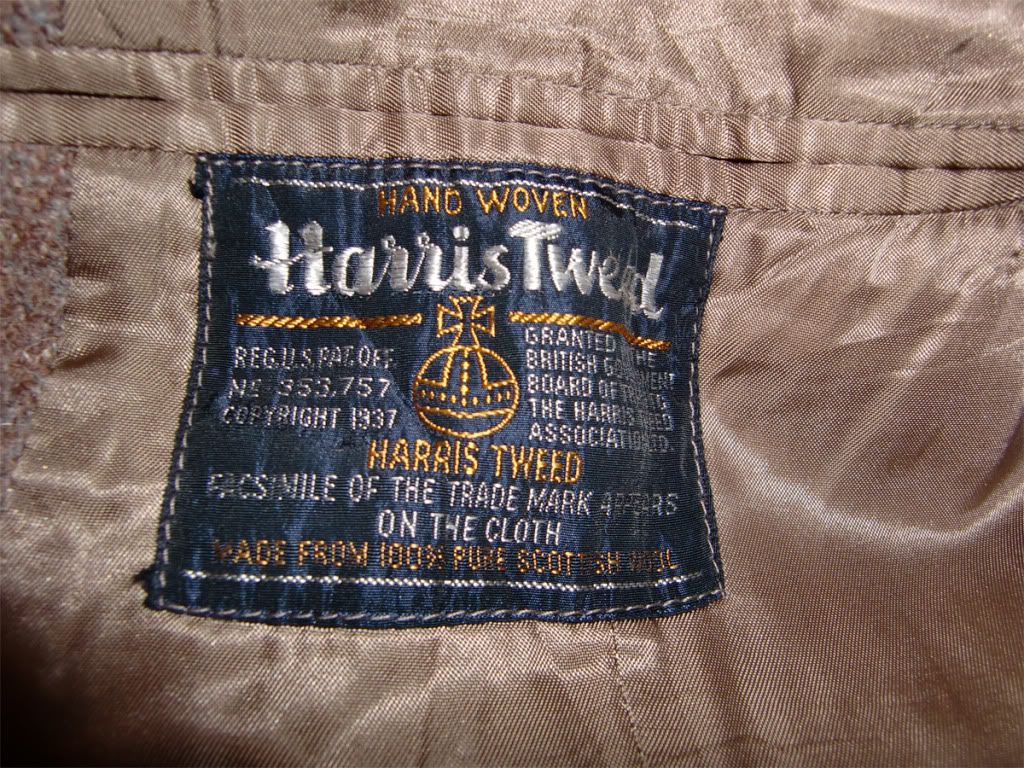Baron Kurtz
I'll Lock Up
- Messages
- 12,784
This is the one I'm thinking of, which is a US version. The trade mark 319214 was issued in the UK in 1910.



Winter.what skin tone is that ?
so how do you use the Trade mark?
I know.Just kidding!
For example, the U.S. registration number on the label posted by BK was superseded by a filling dated September 27, 1947 and granted July 4, 1950. Given the 1937 copyright and 1947 trademark filing, you have a time window in which you can place any garment with that label.
Where did they rank back in the day in relation to Selfridges, Harrods, etc...?from the days when Burtons were really Burtons
mmmm, with a VERY large pinch of salt and lots of crossed fingers. Union/copyright etc. labels, and other trimmings are awful dating tools. They give an earliest date only. Clothing firms are notorious for using old labels - check the Scott & Co hatters thread for pre-1917 postal code sweatbands etc. being used in post-1952 hats. Egregious!
The labels (tailor's date labels with no signs of having being inserted later can be excluded here) can only be used in conjunction with other features to determine an approximate age. I have no problem accepting that a 1930s Harris Tweed label could very easily find its way into a 1980s jacket. A tailor, say, needed an official Harris Tweed label, the customer was arriving to pick up his suit in 1 hour, and the only one he could find at the back of a drawer was from he middle 1930s. He would use it.
Waaaaayyyyyyyy below that kind of level.
 John Lofgren Monkey Boots Shinki Horsebuttt - $1,136 The classic monkey boot silhouette in an incredibly rich Shinki russet horse leather.
John Lofgren Monkey Boots Shinki Horsebuttt - $1,136 The classic monkey boot silhouette in an incredibly rich Shinki russet horse leather.  Grant Stone Diesel Boot Dark Olive Chromexcel - $395 Goodyear welted, Horween Chromexcel, classic good looks.
Grant Stone Diesel Boot Dark Olive Chromexcel - $395 Goodyear welted, Horween Chromexcel, classic good looks.  Schott 568 Vandals Jacket - $1,250 The classic Perfecto motorcycle jacket, in a very special limited-edition Schott double rider style.
Schott 568 Vandals Jacket - $1,250 The classic Perfecto motorcycle jacket, in a very special limited-edition Schott double rider style. i have a 1940s Selfridges tweed jacket very similar to the Burtons one in this auction. almost identical cut. i'd wager that if you compared the two side by side you'd see no discernible difference in quality of materials, construction etc.